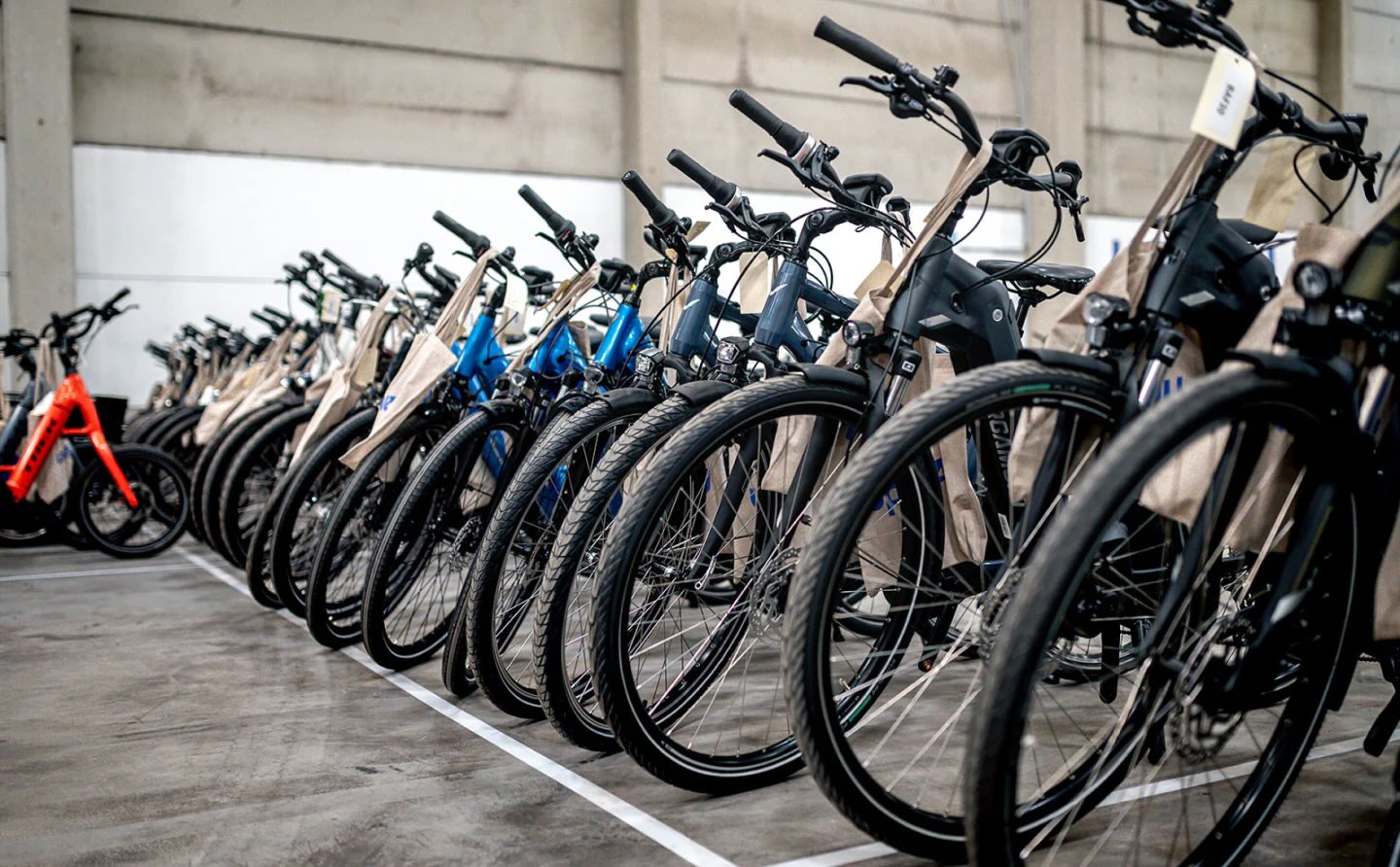A La Niña pattern typically means a colder-than-average winter in Alaska. This season has bucked the trend, as relatively warm conditions blanketed our 49th state.
What's happening?
Winter was warmer than average for Alaska for the first two months of the season. The period of December through January was the state's second-warmest on record, a whopping 12 degrees Fahrenheit above average.
Through the first three weeks of February, Anchorage had received just a trace of snowfall, nearly a foot below average. The city had also received only a little more than four inches since Dec. 1. That means Anchorage's winter snowfall was just over 38 inches below average.
An Alaskan TikToker recently shared her frustration about the lack of snowfall in the state, noting her dogs were shedding their winter fur prematurely.
A southerly flow of air over the relatively warm Pacific Ocean has made the difference. Nearly half the precipitation in Anchorage through the middle of winter has been rain.
"As the air flows over that really, really warm water, it warms up more than it used to," according to National Weather Service climate researcher Brian Brettschneider, per Newsweek. "So that's one part, and then it also holds more moisture, because warmer air has the capacity to hold more moisture."
Watch now: Giant snails invading New York City?
Brettschneider pointed out that while warm winters have occurred in the past, their frequency has increased. "It's happened before, but it's happened now three or four times since about the year 2000. So there definitely seems to be an increase in the propensity for that to happen," he said.
Why are warm temperatures and a lack of snowfall in Alaska important?
A Climate Central study analyzed 245 locations across the country to find which season has been warming the fastest. It found winter was the fastest-warming of all four seasons for 76% of the areas.
"Warming winters can disrupt snowfall patterns, which can in turn limit snowfed water supplies critical for people, agriculture, and ecosystems," the researchers noted in their analysis. "Limited snowpack accumulations reduce the amount of water stored for drinking, hydropower, and irrigation."
|
Do you think America has a plastic waste problem? Click your choice to see results and speak your mind. |
The University of Alaska Anchorage's Institute of Social and Economic Research estimated that the economic impacts of the overheating planet on Alaska are between $340 million and $700 million per year. That represents 0.6-1.3% of the state's gross domestic product.
TCD Picks » Upway Spotlight

Our warming world has eaten away at a major glacier in southern Alaska, too. According to the U.S. Geological Survey, the Columbia Glacier has retreated 12 miles and lost more than half its volume since the 1980s. It is one of the fastest-retreating glaciers on the planet.
Melting permafrost is one reason several rivers in Alaska have started to turn orange. This allows toxic metals to enter the waters, staining them to the point that it's visible from space.
What's being done about the warming in Alaska?
Raising awareness of critical climate issues is crucial to get people to act. Exploring issues such as the warming in Alaska and talking to family and friends about them can inspire people to take local action.
Using your voice to advocate for change at work and lending your support to pro-climate-action politicians can also make a difference.
Join our free newsletter for good news and useful tips, and don't miss this cool list of easy ways to help yourself while helping the planet.


















